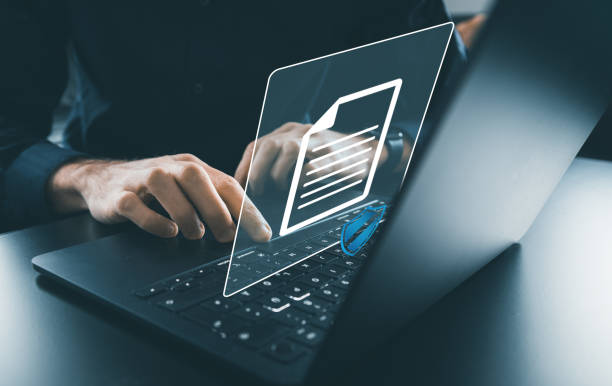What is On-Page SEO and Why Does it Matter?
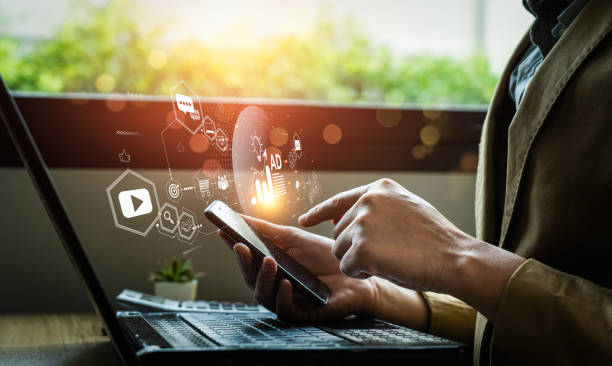
What is On-Page SEO and Why Does it Matter?
On-Page SEO refers to a set of actions you take within your website to improve its ranking in Google’s search results and other search engines.
These actions include optimizing content, site structure, HTML tags, and more.
The importance of On-Page SEO lies in the fact that it helps search engines better understand the topic and content of your site, and as a result, displays your site in relevant search results.
Without proper On-Page SEO, even if you have excellent content, your site may not be visible in search results and you may lose organic traffic.
#SEO consists of two main parts: On-Page SEO and Off-Page SEO.
On-Page SEO focuses on elements that you have direct control over, while Off-Page SEO relates to factors outside your site, such as link building and social media.
For a successful SEO strategy, both aspects must be fully considered.
On-Page SEO is also effective for improving accessibility to the website from a technical point of view.
Did you know that 94% of users’ first impression of a business is related to its website design? With professional corporate website design by **Rasaweb**, turn this initial impression into an opportunity for growth.
✅ Attract more customers and increase sales
✅ Create credibility and trust in the eyes of the audience⚡ Get a free website design consultation!
Keyword Research – Finding the Best Opportunities
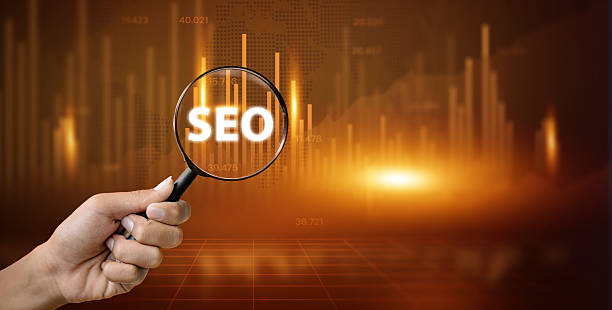
Keyword Research – Finding the Best Opportunities
Keyword research is one of the main foundations of On-Page SEO.
This process involves identifying the words and phrases that users use to search for information related to your business in search engines.
By knowing these keywords, you can optimize your site’s content based on them to rank better in search results.
To conduct keyword research, you can use various tools such as Ahrefs, Ubersuggest, and Keyword Tool.
These tools help you identify search volume, competition level, and related keywords.
When choosing keywords, look for words that have a good search volume and are not too competitive.
Also, pay attention to the relevance of the keywords to the main topic of your site.
On-Page SEO without targeted keyword selection will not have a good return.
Choosing the right keywords helps you to be seen higher on the search engine results page.
Optimizing Titles and Meta Descriptions
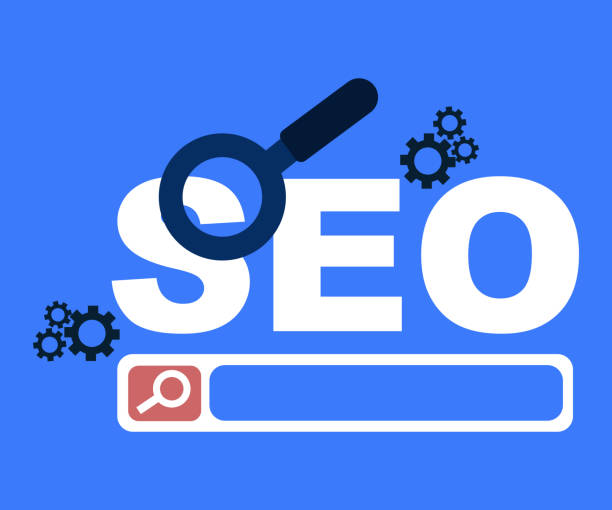
Optimizing Titles and Meta Descriptions
Title Tags and Meta Descriptions are important elements in On-Page SEO that are displayed in search results.
Titles are the main title of your page and should contain the main keyword of the page.
Meta descriptions are a summary of your page’s content and should encourage users to click on your site’s link.
To optimize titles, try to create attractive titles that are relevant to the content of the page.
The length of titles should be less than 60 characters to be fully displayed in search results.
To optimize meta descriptions, try to write accurate and compelling descriptions that encourage users to click.
The length of meta descriptions should be between 150 and 160 characters.
Strong On-Page SEO with compelling titles and accurate descriptions increases your site’s chances of getting clicks.
Remember that the title and meta description are the first things users see in search results, so they should be optimized and attractive.
| Element | Description | Optimization |
|---|---|---|
| Title Tag | The title of the page that is displayed in the search results. | Includes the main keyword, less than 60 characters. |
| Meta Description | A summary of the page’s content that is displayed in the search results. | Attractive, accurate, between 150 and 160 characters. |
Content Optimization – Creating High-Quality and Engaging Content
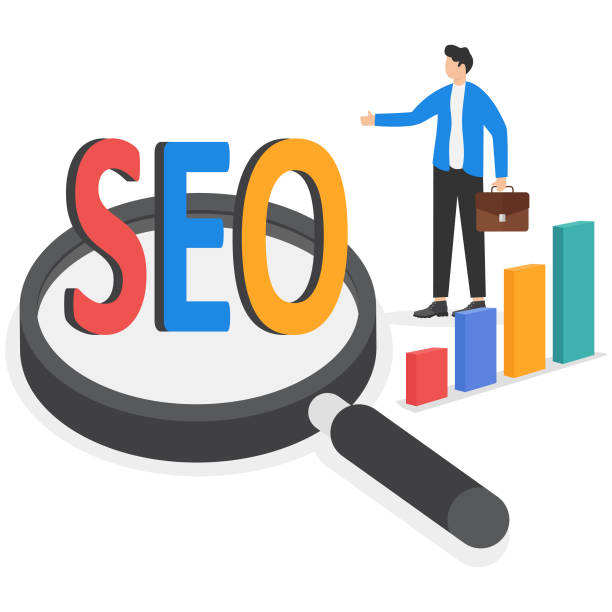
Content Optimization – Creating High-Quality and Engaging Content
Content is king! This phrase is widely used in the world of On-Page SEO and shows that high-quality and engaging content is the most important factor in ranking your site in search results.
Your content should provide users with useful and valuable information and answer their questions.
To optimize content, try to create original and specialized content, use keywords naturally in the text, create a suitable structure for the content (using headings and subheadings), and use relevant images and videos.
Longer content usually ranks better in search results, but more important than content length is its quality and value.
Content marketing is closely related to On-Page SEO.
On-Page SEO helps you optimize your content to be seen in search results, while content marketing helps you produce quality content that attracts users.
On-Page SEO along with content marketing helps you attract more users to your website.
Are you losing business opportunities because of an old website? With Rasaweb, solve the problem of not attracting potential customers through the website forever!
✅ Attract more quality leads
✅ Increase brand credibility in the eyes of customers
⚡ Get a free corporate website design consultation
Image Optimization – Reducing Size and Using Alt Text

Image Optimization – Reducing Size and Using Alt Text
Images play an important role in the attractiveness and user experience of your site, but if they are not properly optimized, they can slow down your site’s loading speed and harm your site’s SEO.
To optimize images, first reduce the size of the images to increase your site’s loading speed.
You can use online tools such as TinyPNG and ImageOptim to reduce image sizes.
Also, use appropriate image formats such as JPEG for images with many colors and PNG for images with few colors.
Another important point is to use Alt Text for images.
Alt Text helps search engines understand the topic and content of the image, and as a result, displays your image in image search results.
On-Page SEO by optimizing images helps you improve your site’s speed and increase your site’s ranking in search results.
Using low-quality images to optimize image compression is not the right thing to do.
By optimizing the image, you can optimize your site to display images.
URL Structure Optimization – Creating SEO-Friendly URLs

URL Structure Optimization – Creating SEO-Friendly URLs
URL structure is another important factor in On-Page SEO.
SEO-friendly URLs are URLs that are short, descriptive, and contain the main keyword of the page.
For example, instead of using long and incomprehensible URLs like `example.com/page?id=123`, use short and descriptive URLs like `example.com/seo-internal`.
When creating a URL, use a hyphen (-) instead of a space to separate words.
Also, avoid using uppercase letters and special characters in your URL.
On-Page SEO by optimizing the URL structure helps search engines better understand the topic of your page and, as a result, improve your site’s ranking in search results.
Short URLs are also known as optimized URLs.
By choosing good URLs, you can improve your site’s SEO.
Internal Linking – Guiding Users and Search Engines

Internal Linking – Guiding Users and Search Engines
Internal linking refers to the process of linking from one page of your site to another page on the same site.
Internal linking helps users easily navigate your site and find the information they need.
It also helps search engines better understand your site’s structure and identify important pages on your site.
For internal linking, use relevant keywords as Anchor Text.
For example, if you want to link to the On-Page SEO page, use the phrase “On-Page SEO” as the link text.
Also, try to link to relevant and reputable pages.
On-Page SEO with internal linking helps you improve your site’s user experience and increase your site’s ranking in search results.
By using internal linking correctly, you can show Google the credibility of your site’s pages.
| Element | Description | Best Practice |
|---|---|---|
| Anchor Text | Text that is used to link to other pages. | Using relevant and descriptive keywords. |
| Page Relevance | Make sure that the linked pages are relevant. | Linking to pages that provide additional information. |
| Number of Links | The number of internal links on each page. | Maintaining balance and avoiding filling the page with links. |
Site Speed Optimization – Improving User Experience

Site Speed Optimization – Improving User Experience
Site loading speed is an important factor in user experience and SEO.
Users expect your site’s pages to load quickly, and if your site is slow, users may leave your site and visit another site.
Search engines also value site speed and give faster sites a better ranking in search results.
To optimize site speed, you can use various methods such as reducing image sizes, using a Content Delivery Network (CDN), optimizing code, and using caching.
Google PageSpeed Insights is a tool that helps you analyze your site’s speed and provides solutions to improve it.
On-Page SEO by optimizing site speed helps you improve your site’s user experience and increase your site’s ranking in search results.
Did you know that 94% of users’ first impression of a business is related to its website design? With professional corporate website design by **Rasaweb**, turn this initial impression into an opportunity for growth.
✅ Attract more customers and increase sales
✅ Create credibility and trust in the eyes of the audience⚡ Get a free website design consultation!
Mobile Optimization – Ensuring Compatibility with Mobile Devices
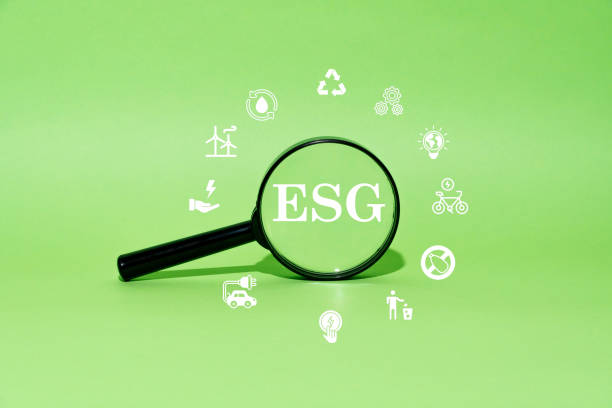
Mobile Optimization – Ensuring Compatibility with Mobile Devices
Given the increasing use of mobile devices to search the Internet, mobile optimization is very important for SEO.
Your site must be fully compatible with mobile devices and displayed correctly on these devices.
To optimize for mobile, you can use Responsive Design, which allows your site to automatically adapt to the screen size of different devices.
Also, optimize your site’s loading speed on mobile devices and use large, touchable fonts and buttons.
Google uses Mobile-First Indexing, meaning that the mobile version of your site is used for ranking in search results.
On-Page SEO with mobile optimization helps you attract more users and increase your site’s ranking in search results.
Your site design should be optimized for mobile users.
Monitoring and Analysis – Tracking SEO Performance

Monitoring and Analysis – Tracking SEO Performance
After taking On-Page SEO measures, it is important to continuously monitor and analyze your site’s SEO performance.
Using web analytics tools such as Google Analytics and Google Search Console, you can track your site’s traffic, keyword rankings, conversion rate, and other important metrics.
By analyzing this data, you can identify your site’s SEO strengths and weaknesses and adjust your SEO strategy accordingly.
On-Page SEO is an ongoing process and requires continuous monitoring and analysis.
By tracking your site’s SEO performance, you can continuously improve your site’s SEO and increase your site’s ranking in search results.
On-Page SEO requires careful planning and execution.
Frequently Asked Questions
| Question | Answer |
|---|---|
| What is On-page SEO? | On-page SEO refers to the set of actions that are performed inside your website to improve its ranking in search engine results. This includes optimizing content, site structure, and HTML code. |
| Why is on-page SEO important? | On-page SEO helps search engines understand the content of your page and determine whether your content is relevant to searchers or not. It is the foundation of any successful SEO strategy. |
| What are the key elements of on-page SEO? | Page title (Title Tag), Meta Description, keyword usage, image optimization, heading structure (H1, H2, …), internal linking, and content quality are key elements. |
| How to optimize the page title (Title Tag)? | The page title should include the main keyword, be attractive and encourage clicks, and its length should be between 50 and 60 characters (or a suitable pixel) to be fully displayed in search results. |
| What role does the Meta Description play in on-page SEO? | The meta description is a summary of the page’s content that is displayed below the title in the search results. Although it does not directly affect ranking, it helps SEO by increasing the click-through rate (CTR). |
| What is the importance of using a heading structure (H1, H2, H3) in on-page SEO? | Headings structure the content of the page and make it easier to read. H1 is usually the main title of the page and should include a keyword. H2 and H3 are used to organize subsections and help search engines understand the content hierarchy. |
| How to use keywords effectively in content? | Keywords should be used naturally and logically throughout the content, including the introduction, body, and conclusion. Avoid keyword stuffing. |
| What are the steps involved in optimizing images for on-page SEO? | It includes compressing images to reduce size, using descriptive file names, adding suitable alternative text (Alt Text), and optimizing the image title and description. Alt Text is critical for accessibility and helping search engines understand the content of the image. |
| What is Internal Linking and what are its benefits? | Internal linking means creating a link from one page on your website to another page on the same website. This helps users easily navigate your site, distributes page authority throughout the site, and helps search engines better understand your site structure. |
| What is the importance of content quality in on-page SEO? | High-quality, accurate, comprehensive, and valuable content for users is the cornerstone of on-page SEO. Search engines prefer content that meets the needs of users. Quality content leads to more time spent by the user on the site (Dwell Time) and a decrease in the bounce rate (Bounce Rate), which are positive SEO signals. |
And other services of Rasa Web advertising agency in the field of advertising
Intelligent digital branding: An effective tool for digital branding with the help of intelligent data analysis.
Intelligent advertising campaign: Professional optimization for user interaction using precise audience targeting.
Intelligent social media: A creative platform to improve online growth with custom programming.
Intelligent conversion rate optimization: An effective tool for digital branding with the help of custom programming.
Intelligent digital advertising: A new service to increase digital branding through Google Ads management.
And more than a hundred other services in the field of internet advertising, advertising consulting and organizational solutions
Internet advertising | Advertising strategy | Advertisement report
Resources
Website SEO review
,Website SEO training
,Internal linking
,What is on-page SEO?
? With Rasaweb Afarin, your business flies in the digital world! We provide you with a powerful and lasting presence with comprehensive digital marketing services, including SEO-optimized website design. To see sample works and free consultation, contact us now.
📍 Tehran, Mirdamad Street, next to the Central Bank, South Kazerun Alley, Ramin Alley No. 6



